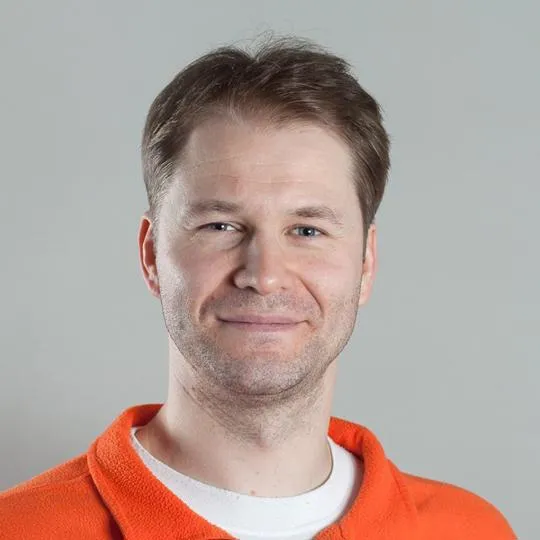Please note: this event has passed
Join Professor Jeremy Baumberg (FRS, FRSC) from the University of Cambridge for a London for a Light & Matter Seminar entitled 'Massively enhancing optical forces at the metal-molecule interface.'
Abstract:
The properties of light near metal nanostructures are completely transformed, allowing us to trap light to volumes smaller than a single atom. I will discuss the implications of this, including how optical forces are thousand-fold enhanced at this quantum scale compared to classical electromagnetism. The unusual phenomena that result open up fields from molecular electronics to catalysis to quantum emitters.
Light beams may carry both a spin and an orbital angular momentum (OAM). While the former is associated to their polarization state, the latter stems from the geometrical properties of their wavefront. In their prototypical form, beams with OAM have “donuts-like” intensity profiles and helicoidal wavefronts, carrying integral multiples of ℏ as angular momenta. Since their “rediscovery” in the late 90’s, beams with OAM of visible wavelengths have found innumerable applications in quantum optics, atomic physics, microscopy or information transfer. A major recent development was the generation of such beams with much smaller wavelengths – in the extreme ultraviolet ( XUV) – using synchrotron sources, free electron lasers as well as high harmonic sources (HHG). In this latter case, it creates ultrashort XUV sources of light with OAM, suited for time-resolved applications at femtosecond and attosecond time scales.
In this seminar, we will summarize our recent progress on the synthesis of such beams with HHG [1, 2, 3, 4], and extensions to non-trivial light topologies such as polarization Möbius strip [5]. It offers an original tool to explore new kind of dichroisms, such as Magnetic Helicoidal Dichroism that we will introduce [6, 7].
References
[1] Géneaux, R. et al., 2016. Nature Communications, 7, 12583. http://dx.doi.org/10.1038/ncomms12583
[2] Géneaux, R. et al., 2017. Phys Rev A, 95, 051801. http://dx.doi.org/10.1103/PhysRevA.95.051801
[3] Gauthier, D. et al., 2017. Nature Communications, 8, 14971. http://dx.doi.org/10.1038/ncomms14971
[4] Camper, A. et al., 2017. Optics Letters, 42(19), 3769. http://dx.doi.org/10.1364/ol.42.003769
How to join:
Those external to King's should email this address to gain access to the building.
Event details
S.706 (Strand Building)Strand Campus
Strand, London, WC2R 2LS


